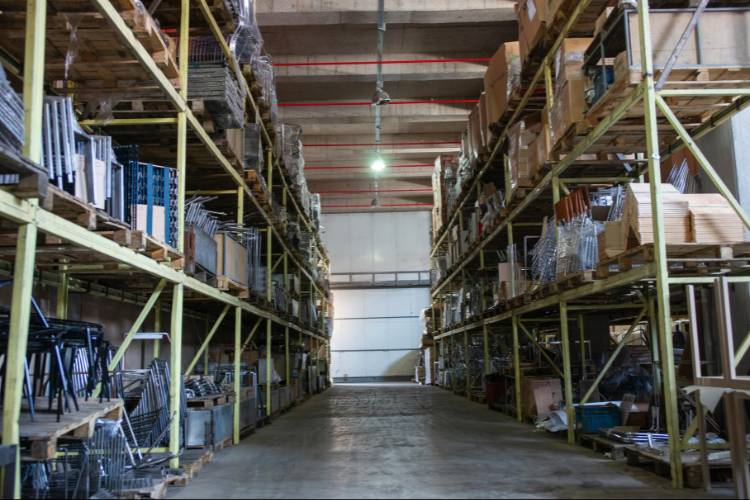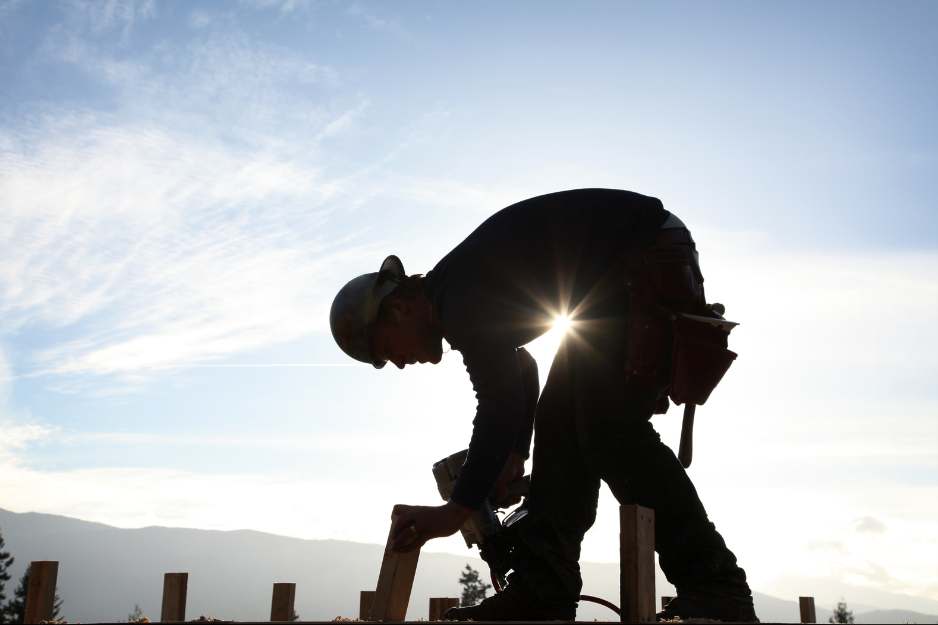Commercial construction often brings to mind visions of sleek buildings made of concrete and steel. However, timber plays an important role in commercial construction. Heavy timber construction is one of the oldest known forms of construction and offers a wealth of benefits, including cost-effectiveness, durability, and sustainability.
Below, we explore the basics of heavy timber construction, including the benefits, disadvantages, and cost breakdown.
Table of Contents
What Is Heavy Timber Construction?
Heavy timber construction is a building method that incorporates the use of large, portions of milled logs. Using this style of construction, pieces of timber are joined together by mortise and tenon joints or metal joints to create the frame and structure of a building.
To be considered a mass-timber construction project, the building’s primary load-bearing component must be made of solid or engineered wood. If the building simply uses wood as an accent, or the primary structure is comprised of another material, it is not considered a heavy timber construction project.
What Is the History of Heavy Timber Construction?
Heavy timber construction has existed for centuries and was used to create structures in Ancient Rome, Greece, and early Native American settlements. While timber construction was initially used primarily for floor and roof assemblies, the first all-timber frame structure is thought to have been built in the 10th century.
Eventually, European settlers brought the construction method to the U.S., where it was commonly used well into the 19th century to create all types of buildings. Eventually, the construction style lost some traction as it became more expensive and was found to be more vulnerable to environmental hazards like earthquakes.
However, advancing technology, such as computer numerical control (CNC) machines, and design improvements have allowed a resurgence of the construction style.
Advantages of Heavy Timber Construction
Using heavy timber construction, you can create beautiful and strong buildings. Below, we outline a few of the major advantages of heavy timber construction:
- Strength and stability: Heavy timber members offer incredible strength and stability — much more than traditional light-frame construction projects.
- Fire resistance: While wood is commonly seen as a fire hazard, heavy timber actually offers some protection from fires. Because of their size, large timber members can retain their load-carrying ability longer than smaller wood members. Even if the outer layer chars, the interior remains structurally sound. This makes it ideal for floor and roof framing, walls, and more.
- Aesthetics: Because pieces of timber can be extremely long and stable, timber construction can create projects with long, clean lines and an open feel — a desirable look for many commercial construction projects today.
- Sustainability: Wood is a renewable resource that can be naturally replenished, so it is considered a more sustainable building material, especially compared to energy-intensive materials like concrete ad steel.
- Long-term durability: Because of the sheer size of the wood members used, timber-framed construction projects are extremely durable. In addition, timber doesn’t corrode like steel and other building materials. In fact, there are many timber-framed buildings in Europe more than 500 years old that are still standing today.
Disadvantages of Heavy Timber Construction
Of course, every construction method comes with both pros and cons. Building professionals consider the following to be major disadvantages of heavy timber construction:
- Structural limitations: Building codes place certain limitations on heavy timber construction. In 2021, the International Code Council expanded its guidance to allow timber structures up to 18 stories and 270 feet; however, other building materials allow you to build much higher.
- Wood rot: When left untreated, timber is susceptible to wood rot and is more likely to bend, crack, and decay than other materials. However, it can be treated with certain preservatives to help prevent these issues.
- High labor and material costs: Timber prices fluctuate with supply and demand, so it can be a costly building material. Timber construction is also a labor-intensive process and requires more skilled craftsmanship to install, which adds to the cost of a project.
Cost Considerations: How Expensive Is Heavy Timber Construction?
Heavy timber construction offers both cost advantages and disadvantages. In general, the cost of timber as a building material can be comparable to other construction materials, depending on your geographic location. However, as previously mentioned, the cost of raw timber fluctuates based on supply and demand, as well as other factors including competition, seasonality, and imports to and from other countries.
In recent years, advancing technology — such as CAD/CAM design tools and CNC machines — has made it possible to make more precise cuts, which allows buildings to be more quickly built on-site. A shorter project timeline can equate to lower overall labor costs. This precision also reduces material waste, which can be another source of cost savings.
In general, timber requires fewer steps to process, especially compared to more labor-heavy materials like steel or stone. Heavy timber construction may also require less overall material because the large wood members can support more weight with fewer beams.
As of September 2022, WoodWorks reports that there are more than 1,500 mass timber projects constructed or in design across the U.S. in the multi-family, commercial, and institutional categories. Heavy timber construction may not historically be considered the most traditional material for commercial buildings, but its many advantages make it clear: It is an increasingly common choice for durable, sustainable, and aesthetically pleasing projects.








